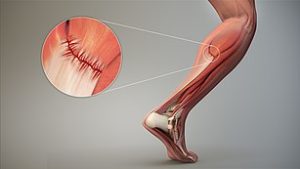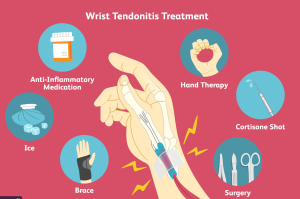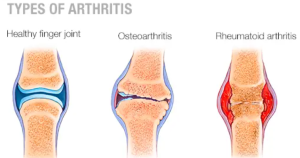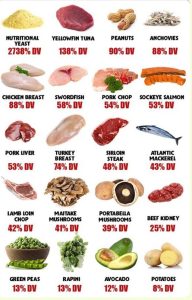Experiencing sharp bone pain during exercise can be concerning and may indicate various underlying issues. This analysis draws upon a range of global research, including African studies and international health sources, to explore the potential causes of this pain.
 Muscle strain or injury
Muscle strain or injury
Muscle strains or injuries are a common cause of pain, often confused with bone pain. A study by Nigerian researcher Ndubuisi, Christian Chibuzor from the Nigerian Journal of Medicine examines the prevalence of muscle injuries among athletes in Enugu, emphasizing the importance of proper warm-up and gradual intensity increase in physical activities to prevent such injuries.
 Stress fractures
Stress fractures
Stress fractures, small cracks in the bone, often result from repetitive activities such as running. South African researcher BR Gelbart of the Department of Orthopaedic Surgery and Wits Sport and Research group (WiSH), Faculty of Health Sciences, University of Witwatersrand Medical School, Johannesburg, South Africa highlighted that these fractures are prevalent in athletes and can cause sharp pain during exercise. Early diagnosis and appropriate rest are critical for recovery.
 Tendonitis
Tendonitis
Tendonitis, the inflammation of tendons, can also cause sharp pain. The Hospital of Special Surgery, New York discusses how overuse or repetitive motion can lead to tendonitis, presenting as sharp pain around bones and joints. This underscores the need for balanced exercise routines and proper technique to avoid such injuries.
 Osteoarthritis
Osteoarthritis
Osteoarthritis, a joint disease causing pain during movement. A study by Obinwakeze and Chidimma Oluchukwu of the University of the Western Capes, South Africa highlights how that osteoarthritis results from the breakdown of joint cartilage and underlying bone, leading to pain and stiffness during exercise, especially in older adults.
Bone diseases
Conditions like osteoporosis or bone cancer can also lead to bone pain. Research from the Tanzanian Health Research Bulletin and the American Cancer Society indicates that these diseases, characterized by weakened bones or malignant growths, can increase sensitivity and cause pain during physical activity.

Vitamin
Vitamin deficiencies affecting bone health, such as calcium and vitamin D, have been studied globally. A paper by Samuel Asamoah Sakyi and colleagues of the department of Molecular Medicine, School of Medicine and Dentistry, Kwame Nkrumah University of Science and Technology, Kumasi, Ghana discusses the impact of these deficiencies on bone health, echoed by research from the National Institutes of Health in the USA.
Adequate intake of essential nutrients is vital for maintaining bone strength and preventing exercise-induced discomfort.
Improper exercise techniques
Incorrect exercise technique can lead to undue stress on bones and joints. Insights from the Journal of Strength and Conditioning Research highlight the risks of improper technique in exercises, particularly weight-bearing ones. Professional guidance is recommended to ensure correct form.
Inadequate recovery time
Insufficient recovery time can exacerbate pain. A study from the Ethiopian Journal of Health Sciences and research in the Scandinavian Journal of Medicine & Science in Sports discuss the impact of inadequate recovery on overuse injuries and pain, advocating for balanced training schedules with proper rest periods.
Conclusion
Sharp bone pain during exercise can have various causes, from muscle strain to more serious conditions like osteoarthritis or bone diseases.
This analysis, enriched by diverse global and African research, provides a comprehensive view of potential causes.
Professional medical consultation is crucial for accurate diagnosis and effective management of exercise-induced bone pain.


